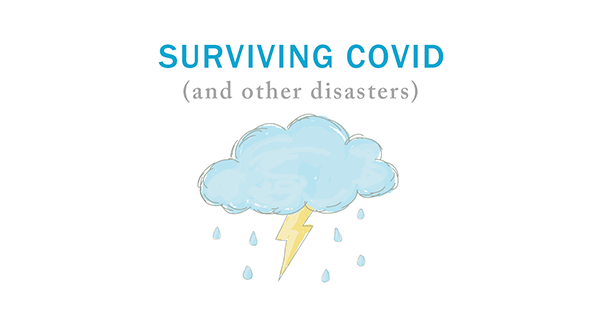Pandemics, wars, depressions, panics, natural disasters – each tests our preparedness, ingenuity and character. They invariably present leaders with choosing between bad and worse alternatives. The best crisis leaders:
1. Do what it takes to preserve cash: Job One is survival. If you’re out of cash you’re out of business. This means delaying capital investments, cutting back on all non-essential activities, negotiating deferrals on rent or mortgage payments, cutting back executive and board compensation, and arranging for assistance in the form of loans or grants to cover employee salaries or, worst case, furloughing employees in a manner that will allow for rapid re-booting. No dithering.
2. Imagine your post-crisis brand: Your brand is your “promise” to customers, employees, suppliers, investors and communities. How you act in a crisis will impact your covenant with these constituents. Do what it takes to preserve those relationships under pressure. Re-imagine your brand post-crisis. It will represent the asset that will allow you to rebuild your balance sheet.
3. Model “winning” mindsets:
- Ruthlessly confront reality – Get the best information available and don’t be afraid to change direction as facts change – and they will. Count on it.
- Take timely action – make decisions without recrimination.
- Think optimistically – Know that this, too, will end. So, think hard about the world post crisis and how you’ll add value.
- Communicate lavishly – Don’t force people to guess, to wonder. Speak clearly before, during and after events – bad news as well as good.
- Be kind – Seek ways to do kind acts. Drop people notes, take care of the vulnerable, volunteer, give blood, communicate with loved ones. Smile.


